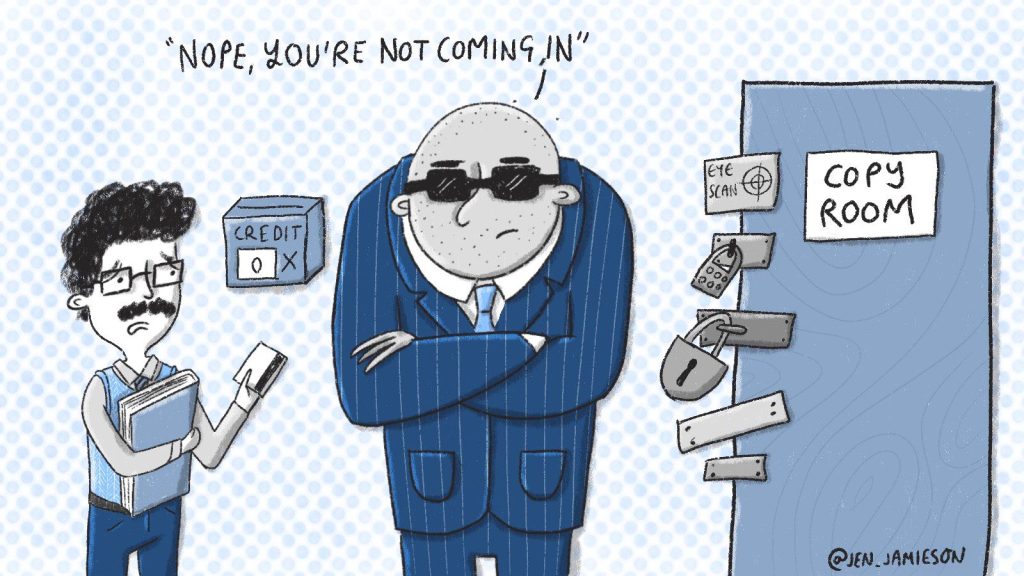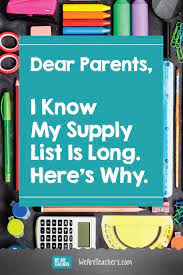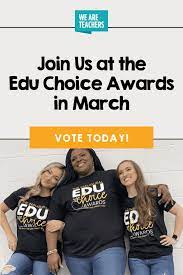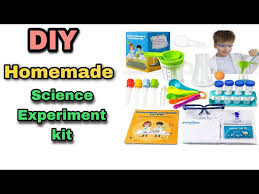In today’s fast-paced and dynamic world, educators are constantly seeking innovative and engaging tools to support the learning experiences of their students. Generation Genius is one such educational platform that has caught the attention of teachers in recent years. Designed for K-8 students, it offers a range of standards-aligned lesson plans, videos, and quizzes to facilitate conceptual understanding in Science. But is it worth the cost? Let’s delve into the features and benefits of Generation Genius to help you make an informed decision.
Features of Generation Genius
1. Standards-aligned Content: Generation Genius offers content designed by certified educators and aligned with Next Generation Science Standards (NGSS) and Common Core State Standards (CCSS). This ensures that teachers can seamlessly integrate the platform into their existing curriculum and adhere to national standards.
2. Engaging Video Lessons: Each topic in Generation Genius is accompanied by a 12-minute video, featuring Dr. Jeff Vinokur, aka “The Dancing Scientist.” These high-quality, engaging videos can stimulate real-world connections and encourage scientific inquiry among students.
3. Teacher Resources: Supporting each video lesson is a comprehensive set of resources like background information on topics, lesson plans, discussion questions, experiments & activities, vocabulary lists, quizzes, and more, making it easy for educators to plan lessons effectively.
4. Quiz Assessment: Quizzes accompanying each video on the platform help teachers gauge student understanding and allow students to practice applying new knowledge in different contexts before moving on to new concepts.
5. Responsive Customer Support: Generation Genius encourages open lines of communication between users and their support team – whether it’s for technical issues or suggestions for improvement – enabling continuous development and enhancement of their platform.
Is It Worth the Cost?
There are several pros to using Generation Genius as an educational resource:
– Time-saving resource curation: The platform helps teachers save valuable time by providing ready-made lessons that are well-crafted, engaging, and aligned with the curriculum.
– Student engagement: The captivating videos and interactive quizzes help students stay actively involved in learning, promoting higher retention rates and critical thinking skills.
– Teacher adaptability: Educators can easily tailor the pre-built lessons to the specific needs of their students, using a mix of provided video content and integrated classroom activities.
However, some potential cons need consideration:
– Budget constraints: Schools and teachers operating on limited budgets may struggle to justify the investment in Generation Genius. It is essential to weigh the benefits against the subscription price before committing.
– Technology requirements: Using Generation Genius necessitates access to technology and a stable internet connection, which could be a challenge for schools with inadequate infrastructure or connectivity issues.
In conclusion, while there are great benefits to using Generation Genius as a teaching tool, educators should consider factors like budgets and technology accessibility. A free trial offered by the platform can help assess its potential value based on specific teacher requirements and student needs. Ultimately, the determination of whether it’s worth the cost lies in how well it supports your teaching style and enhances your students’ learning experiences.











